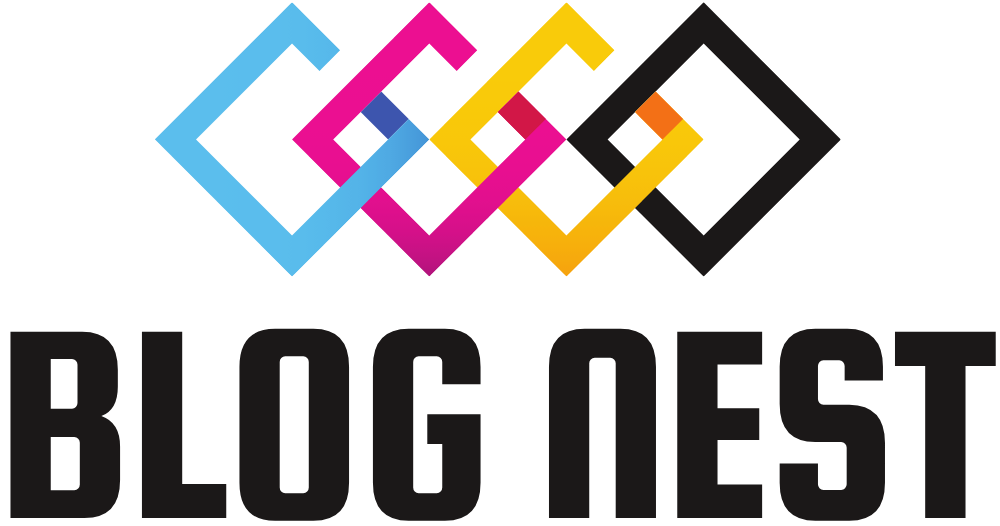The laptop market size reached around USD 168.74 Billion in 2024. The market is projected to grow at a CAGR of 2.30% between 2025 and 2034 to reach nearly USD 211.82 Billion by 2034. This steady growth reflects the continued demand for laptops across various sectors, including business, education, entertainment, and gaming. As technology advances and work and learning environments become increasingly hybrid, laptops have evolved into essential tools, not just for productivity but also for mobility, creativity, and communication.
In this blog post, we delve deep into the factors driving this market growth, the trends shaping consumer demand, key market segments, and the competitive landscape that defines the global laptop industry.
Rising Demand for Remote Work and Learning
One of the key contributors to the continued expansion of the laptop market is the global shift towards remote work and online education. Post-pandemic workplace policies have seen a permanent change, with hybrid and work-from-home models becoming a norm for millions of employees around the world. This transition has triggered an increased demand for high-performance laptops capable of handling video conferencing, multitasking, and remote collaboration tools.
Similarly, educational institutions have embraced digital learning, requiring students from primary schools to universities to own laptops. The demand for budget-friendly yet capable laptops for students has grown, especially in developing economies where governments are investing in digital infrastructure.
Technological Innovations Driving Consumer Preferences
Consumer expectations from laptops are evolving rapidly. Today’s buyers look for a mix of performance, portability, design, and battery life. This has led to several technological innovations in the market:
- Lightweight & Ultraportable Designs: Ultrabooks and 2-in-1 convertibles are gaining traction due to their sleek build and versatility.
- Enhanced Battery Life: With longer battery life being a top priority, manufacturers are integrating energy-efficient processors and advanced battery technologies.
- Advanced Processors & GPUs: Intel, AMD, and Apple are continuously pushing the envelope with new-generation CPUs and GPUs that deliver faster speeds, AI capabilities, and better thermal efficiency.
- High-Resolution Displays: With the growth of content creation and consumption, demand for 4K displays, OLED panels, and high-refresh-rate screens is surging.
These innovations are not only shaping buying decisions but also creating opportunities for premium product lines and niche segments like gaming and professional laptops.
The Surge in Gaming Laptops
The global boom in the gaming industry is having a direct impact on the laptop segment. Gaming laptops, once a niche market, are now mainstream thanks to improvements in thermal designs, graphics processing, and display technologies. These devices are being increasingly used not only by gamers but also by content creators, streamers, and professionals in graphic-intensive fields.
According to market insights, the gaming laptop segment is expected to register a higher-than-average growth rate, driven by:
- Growth of esports and online multiplayer games
- Increasing popularity of game streaming platforms like Twitch and YouTube
- Rising disposable income and gaming culture among Gen Z and millennials
Enterprise Demand and Business Laptops
Corporate digitization initiatives and the modernization of IT infrastructure are fueling demand in the business laptop segment. Enterprises are now looking for devices that are secure, durable, and easy to integrate with cloud-based systems. Laptops equipped with enhanced security features like biometric authentication, TPM chips, and remote management tools are in high demand.
Moreover, the growing trend of “bring your own device” (BYOD) policies in companies is leading to a surge in laptop purchases by individual professionals seeking performance and compatibility with enterprise applications.
Regional Insights and Emerging Markets
North America and Europe continue to dominate the laptop market due to high technology adoption and strong demand from both consumers and businesses. However, Asia-Pacific is emerging as a major growth engine, driven by:
- A rapidly expanding middle class
- Government initiatives promoting digital education (especially in India and Southeast Asia)
- Expanding tech-savvy populations in countries like China, India, Indonesia, and Vietnam
Latin America and the Middle East & Africa are also expected to witness rising demand due to growing internet penetration, mobile workforce, and increased emphasis on digital transformation in workplaces and schools.
Competitive Landscape and Key Players
The global laptop market is highly competitive, with established players constantly innovating to stay ahead. Major companies include:
- Apple Inc. – Known for its MacBook lineup, which dominates the premium segment.
- HP Inc. – Offers a wide range of consumer and business laptops with innovation in design and security.
- Dell Technologies Inc. – Focuses on performance and enterprise solutions, including the popular XPS and Latitude series.
- Lenovo Group Limited – A leader in both budget and premium segments, known for its ThinkPad and Yoga series.
- ASUS and Acer Inc. – Cater to gamers, students, and budget-conscious users with competitive features.
These companies invest heavily in R&D and marketing to capture emerging trends, especially in AI-powered features, improved cooling systems, and sustainable manufacturing practices.
Sustainability and Eco-Friendly Trends
Sustainability is another emerging factor influencing the laptop market. Consumers are becoming increasingly conscious of the environmental impact of their electronics. In response, manufacturers are:
- Incorporating recycled materials in chassis and packaging
- Improving energy efficiency and device lifespan
- Offering trade-in and recycling programs
- Moving toward modular designs for easier repairs and upgrades
These green initiatives are not only reducing e-waste but also helping brands strengthen customer loyalty and meet regulatory expectations.
Challenges and Future Outlook
Despite promising growth, the laptop market faces certain challenges:
- Component Shortages: Periodic disruptions in semiconductor supply can affect production and delivery timelines.
- Price Sensitivity: In emerging markets, high-performance laptops remain unaffordable to a large segment of the population.
- Competition from Smartphones & Tablets: Lightweight and powerful mobile devices can cannibalize laptop demand in certain use cases.
Nevertheless, the long-term outlook remains positive. With rising digital dependence, growing remote infrastructure, and continuous technological advancements, the market is expected to see consistent demand.







